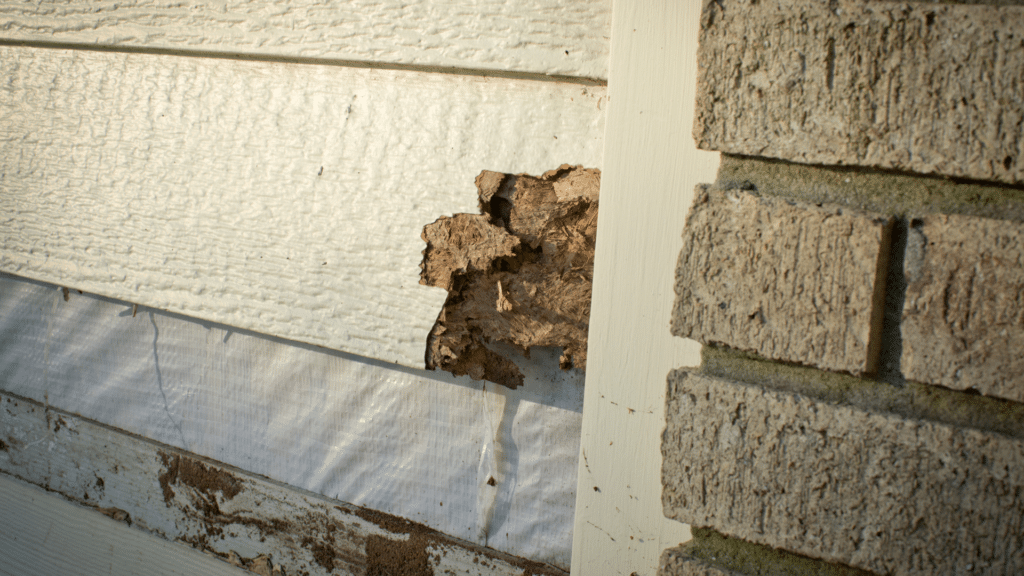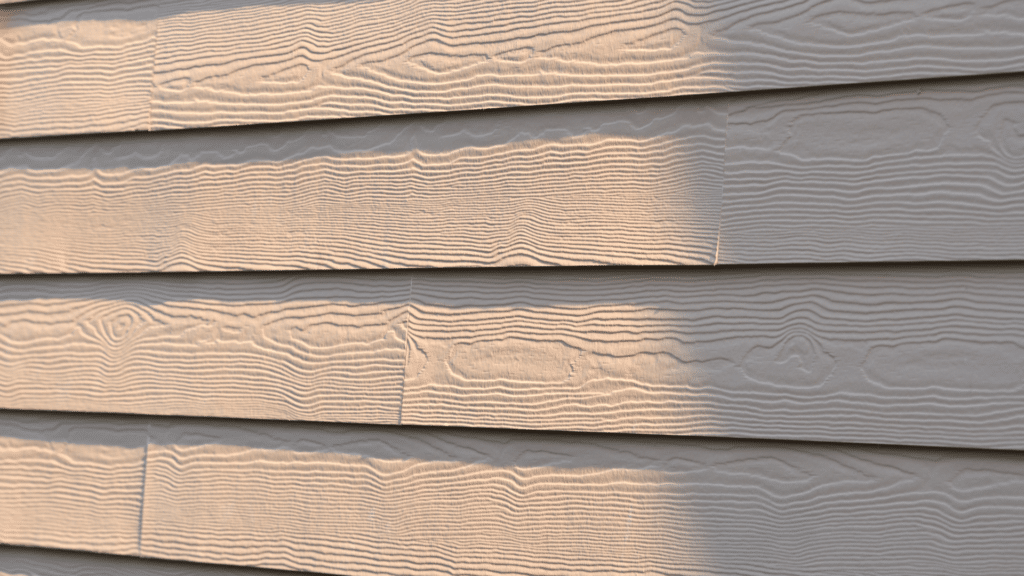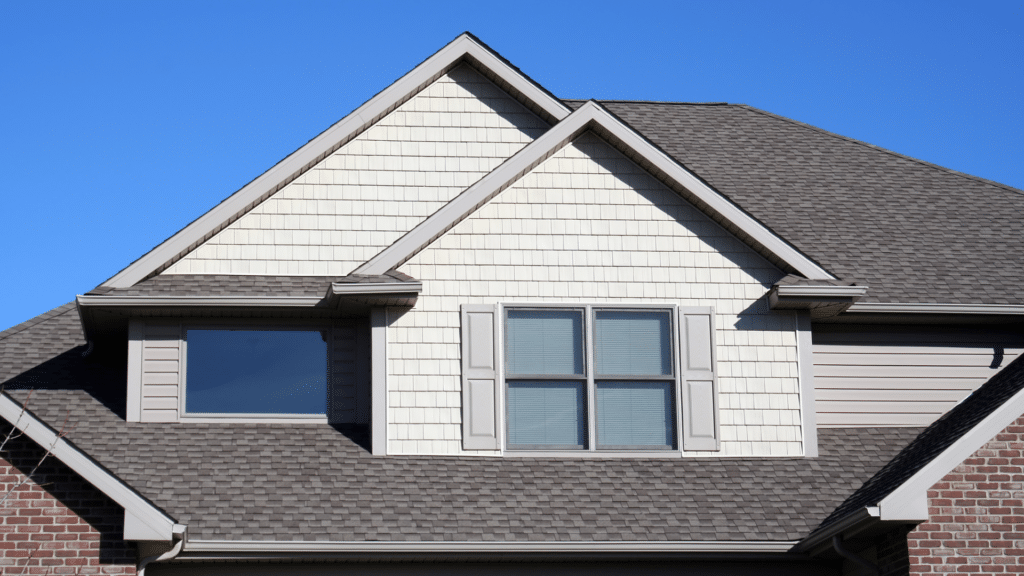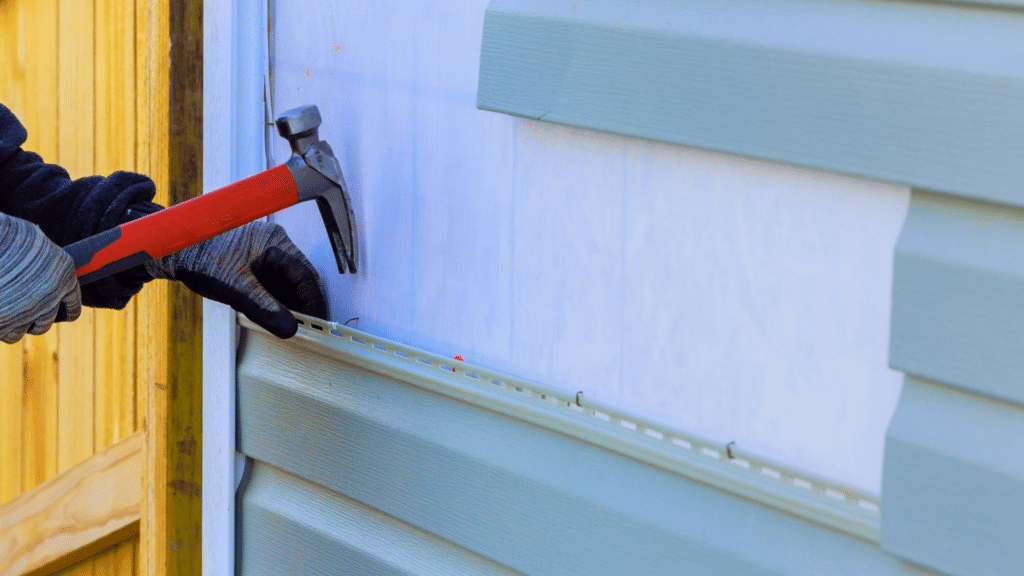Key Highlights
- New siding can instantly improve the curb appeal and enhance the overall appearance of your home’s exterior.
- Replacing old siding is essential to maintain the structural integrity of your home and protect it from damage caused by insects and the elements.
- Evaluating the signs of wear and damage on your current siding is crucial in determining when it’s time for a replacement.
- Choosing the right siding material for your home depends on factors such as affordability, durability, and the desired aesthetic appeal.
- Understanding the cost factors involved in siding installation, including material costs, labor costs, and additional expenses like permits and inspections, is essential for budgeting and planning.
- Proper preparation for siding installation, including considering the size of your home and planning for a full house replacement, ensures a smooth and successful project.
Don’t Wait to Replace Your Siding
Regular maintenance is key to avoiding costly repairs down the road. Examine your siding for signs of wear and damage, as neglecting these issues can lead to more extensive damage and higher replacement costs. Increased energy bills can also be a hidden indicator that your siding is no longer providing adequate insulation. Addressing these issues promptly can save you money in the long run and maintain your home’s integrity. By proactively assessing the condition of your siding, you can ensure minimal disruption and keep your home’s exterior looking its best. Don’t delay in considering siding replacement if you notice any of these warning signs. DM Roofing Siding & Windows has your back.
Evaluating Your Current Siding: Signs It’s Time for Replacement
To determine if it’s time for a siding replacement, it’s important to evaluate the current condition of your siding. Look for visible signs of damage and wear, such as cracks, holes, warping, or pieces of siding falling off. Increased energy bills can also indicate poor insulation, which may be a result of deteriorating siding. Regular inspections and maintenance can help you identify these signs early on and take the necessary steps to replace your siding before further damage occurs.

Visible Damage and Wear
It’s time to replace your siding if you see visible damage like cracks, holes, warping, or pieces falling off. These issues not only affect your home’s appearance but can also lead to structural damage by allowing moisture and insects in. Signs include cracking in vinyl siding and warping or rot in wood siding due to age and weather exposure. Addressing these issues promptly can safeguard your home and improve its curb appeal.
Increased Energy Bills: A Hidden Sign
High energy bills can signal a need for siding replacement. Damaged siding reduces insulation efficiency, leading to heat loss in winter and cool air escape in summer. Upgrading to energy-efficient materials like fiber cement or vinyl can reduce heat transfer, improve insulation, and lower energy costs over time. Monitor energy bills for insights into your home’s exterior health.
Choosing the Right Siding Material for Your Home
Vinyl siding is popular for its affordability and low maintenance, while fiber cement siding offers a durable alternative with a wood-like appearance. Before replacing your siding, research various styles and materials, and obtain required permits. Consider factors like curb appeal, durability, insulation needs, and climate when choosing the best material. Make an informed decision to enhance your home’s appearance and functionality for the long term.
Vinyl: Affordable and Durable
Vinyl siding is popular for its affordability, durability, and low maintenance. It comes in various styles, mimicking wood or stone veneer. Easy to install and requiring minimal upkeep, it enhances your home’s exterior and provides insulation. This cost-effective solution lowers heating bills and boosts energy efficiency, making it a reliable long-term investment.
Fiber Cement: The Modern Choice
Fiber cement siding is a popular choice for homeowners due to its durability, versatility, and resistance to moisture, rot, termites, and fire. Made of sand, cement, and cellulose fibers, it mimics the look of natural wood but offers enhanced durability. This low-maintenance option is stable, reliable, and can be painted in various colors to match your home’s aesthetic or molded to resemble different materials like wood or stone. Choose fiber cement siding for a modern and durable alternative with the benefits of wood siding without the maintenance.

Wood Siding: Timeless Appeal
Wood siding enhances the aesthetic appeal of any home exterior with its timeless and elegant look. Versatile and durable, it complements various architectural styles. Regular cleaning and timely repairs are essential for maintenance to prevent issues like mold and pests. Despite the need for upkeep, wood siding offers insulation benefits and a traditional charm for homeowners seeking a charming exterior.
Understanding the Cost Factors of Siding Installation
Understanding the cost factors of siding installation is crucial for budgeting. Costs vary based on materials, labor, and extras like permits. Vinyl siding is more affordable, while wood siding costs more. Labor expenses depend on installation complexity and DIY vs. professional options. Additional costs like permits and inspections may be needed based on local regulations. Consider all these factors when planning to stay within budget and make informed choices.
Labor Costs: DIY vs. Professional Installation
When replacing siding, homeowners weigh DIY versus professional labor costs. DIY saves money but demands time, effort, and expertise. Professionals offer efficiency and quality work at a higher cost. DIY may seem cheaper initially but errors could lead to added expenses. Professionals bring experience, reducing mistakes. Assess skills, time, and budget constraints for a successful siding replacement project.
Additional Expenses: Permits and Inspections
Siding installation costs encompass materials, labor, permits, and inspections. Check local permit requirements and fees for your project’s size and location to ensure compliance. Inspections are vital for safety and quality assurance during installation.
Preparing for Siding Installation
Preparing for siding installation is crucial for a successful project. Here are key steps to consider:
- Determine project scope: Decide between partial or full house siding replacement based on existing conditions and desired outcomes.
- Measure your home: Accurately measure dimensions to estimate material needs and costs.
- Choose a reputable contractor: Research, check reviews, licensing, and insurance. Get multiple quotes for comparison.
- Plan temporary accommodations: Consider relocating furniture during installation.
- Communicate with your contractor: Clearly discuss expectations and preferences.
- Prepare your home: Clear space around the house, trim vegetation, and remove obstacles.
Proper preparation ensures a smooth and efficient siding installation process.
Timeline: What to Expect
Embarking on a siding replacement project requires understanding the timeline. The duration varies based on home size, siding type, and any unforeseen issues. Research and planning are crucial for a smooth installation. Typically, a siding replacement takes from a few days to a couple of weeks, depending on factors like weather conditions and permit acquisition. Communication with your contractor is key for an accurate timeline.
Protecting Your Property During Installation
To ensure a smooth siding replacement project, prioritize protecting your property during installation. Consider a revolutionary method that minimizes disruption to existing siding and surroundings. Obtain necessary permits for safety. Be mindful of risks due to cold weather or inclement conditions, and plan accordingly. Safeguard landscaping and outdoor items to prevent accidental damage during installation. Take precautions like covering plants and relocating furniture to maintain your home’s curb appeal during renovation.
Step-by-Step Guide to Professional Siding Installation
Replacing the siding on your home is a significant investment, and it’s important to ensure that the installation is carried out correctly. A professional siding installation follows a step-by-step process to ensure a seamless and long-lasting result.
- Site Preparation and Safety Measures: The contractor will prepare the site by protecting your property and ensuring a safe working environment.
- Removing Old Siding: The old siding will be carefully removed, taking care to minimize damage to the underlying structure.
- Installation Techniques for Different Materials: The new siding will be installed using the appropriate techniques for the chosen material, whether it’s vinyl, wood, or fiber cement.
- Routine Cleaning and Inspection: Regular cleaning and inspection will help maintain the appearance and functionality of your siding.
- Repairing Minor Damage Promptly: Promptly addressing any minor damage, such as dents or pests, will prevent further deterioration and maintain the integrity of your siding.
By following these steps and trusting a professional siding installation team, you can ensure a successful and hassle-free installation process.
Site Preparation and Safety Measures
Before starting a siding replacement project, thorough site preparation and safety measures are crucial. Clear the area around your home for easy access to the siding. Obtain necessary permits to avoid legal issues. Use special tools and equipment, wear protective gear like gloves, safety glasses, and helmets to minimize risks. Prioritize safety for a smooth and accident-free experience. Opt for innovative methods to ensure minimal disruption and optimal safety during the process.
Removing Old Siding: Best Practices
Properly removing old siding is vital for a successful replacement siding project. Best practices include:
- Inspect existing siding for damage or deterioration to address any underlying issues before installing new siding.
- Use appropriate tools to remove old siding without causing further damage to the structure.
- Dispose of old siding responsibly, following local regulations and exploring recycling options.
- Assess wall sheathing and insulation for repairs or upgrades before installing new siding for a smooth process.
Installation Techniques for Different Materials
The installation techniques for different siding materials may vary slightly. Here are some common installation techniques for popular siding materials:
- Fiber Cement Siding: Fiber cement siding is installed by overlapping each piece at least one inch, ensuring a tight fit and protection against moisture intrusion. Nails should be placed in the center of each piece and driven flush to prevent cracking.
- Vinyl Siding: Vinyl siding is typically installed using a nail hem system, where each piece interlocks with the one below it. Nails should be placed in the center of each piece and driven flush.
- Wood Siding: Wood siding is often installed using a shiplap or tongue-and-groove system, where each piece fits into the one next to it. Nails should be placed near the top of each piece, allowing for expansion and contraction.
The specific installation techniques may vary depending on the manufacturer’s instructions and the desired look of the siding. It’s important to consult with your siding contractor for the recommended installation techniques for your chosen siding material.
Maintenance Tips to Extend the Life of Your Siding
Regular maintenance is key for siding longevity. Inspect for damage, wear, or mold regularly. Clean annually with mild detergent. Repair minor damages promptly. Consider repainting for enhanced protection and aesthetics. Check caulking around windows and doors for gaps and reseal as needed to maintain insulation. These tips will keep your siding in top condition and extend its lifespan while keeping your home looking great.

Routine Cleaning and Inspection
Routine cleaning and inspection of your siding are essential to maintain its appearance and functionality. Here are some tips for routine cleaning and inspection:
- Use a mild detergent and a soft-bristle brush or sponge to clean your siding. Avoid using harsh chemicals or abrasive cleaners, as they can damage the surface of the siding.
- Rinse the siding thoroughly with a garden hose after cleaning to remove any residue or soap.
- Inspect your siding regularly for any signs of damage, such as cracks, holes, or loose pieces. Address any issues promptly to prevent further deterioration.
- Pay attention to areas where moisture can accumulate, such as around windows, doors, and corners. Ensure that these areas are properly sealed and caulked to prevent water intrusion.
By incorporating routine cleaning and inspection into your home maintenance routine, you can keep your siding looking its best and catch any potential problems early on.
Repairing Minor Damage Promptly
Minor damage to your siding may seem insignificant, but swift action can prevent larger issues. Regularly inspect for cracks, holes, or loose pieces, addressing them promptly. Use a mild detergent and a garden hose for gentle cleaning. For vinyl siding, check for dents or chips that can compromise its integrity. Repair any damage to prevent moisture infiltration that could lead to mold growth or pest infestation. Utilize special tools if needed for more extensive repairs. Act quickly to preserve your home’s curb appeal and maintain its structural integrity.
Trust The DM Difference
At DM Roofing Siding & Windows, we pride ourselves on delivering excellence in every siding replacement project. By incorporating a revolutionary new method, we ensure minimal disruption of the good siding while upgrading to the best siding for your home. Our extensive research guarantees that your new siding will withstand internal enemies like pests and mold, providing durability and insulation. Whether your preference leans toward vinyl siding pieces for their low maintenance or fiber cement siding for a modern touch, we have you covered. Trust us to enhance your home’s curb appeal with the DM Difference – a commitment to quality, longevity, and customer satisfaction. With us, your siding replacement is more than just a project; it’s a transformation.
Frequently Asked Questions
How often should siding be replaced?
The lifespan of siding can vary depending on the material, maintenance, and environmental factors. On average, siding can last anywhere from 20 to 40 years. However, regular inspections and maintenance can help prolong the lifespan of your siding.
Can I install new siding over old siding?
In some cases, new siding can be installed over old siding. However, it’s important to consult with a professional contractor to assess the condition of the existing siding and determine if this installation method is suitable for your home. Not all siding materials and conditions are compatible with this installation technique.
What is the most energy-efficient siding material?
Fiber cement siding is known for its energy-efficient properties. It provides excellent insulation, helping to regulate the temperature inside your home and reduce energy consumption. Its durability and low maintenance requirements also contribute to its energy efficiency.
How do I choose a reputable siding installation contractor?
Choosing a reputable siding installation contractor requires extensive research. Look for contractors with a solid reputation, positive customer reviews, and a track record of delivering quality workmanship. Request multiple quotes, ask for references, and ensure the contractor is licensed and insured.





